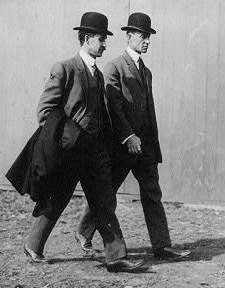What stage is your family at in your family business?
Have you addressed the unique set of dynamics that are at play in your business at this time?
You should consider which stage you are at in the business in order to facilitate succession and continuance of the business.
To run a business is complicated enough and when you add ownership issues, the complexity becomes multi-dimensional.
A little background first. The evolution of a family enterprise, the first 3 stages:
– founders = matriarch and patriarch. They established and founded the business. Generally they operate and own the entire business.
– sibling partnership – the business has evolved into an enterprise. The children begin to or have taken over the business, both as owners and for some, as operators of the enterprise
– cousin consortium – highly complex relationships, with the potential of all 3 facets of the enterprise and family operating simultaneously, and possibly creating friction: These 3 facets are:
a) family dynamics,
b) business ownership interactions, and
c) business operational issues.
As you can see, the enterprise is complicated with the wider group of stakeholders in the enterprise at this cousin consortium stage and the each family members’ ability or right to have input into the enterprise. At this cousin consortium stage, many businesses have faced such great challenges in the day to day operations and ownership, that they have to do something to break up and divide the enterprise. More about this in another blog on methods to divide enterprises.
So what are some of the major considerations to address at this cousin consortium stage:
– focus more on ownership: many of the cousins may not be active in the day to day operations of the business. They may need to become better educated on ownership; their responsibilities and their rights.
– establish better governance and reporting: it is incumbent that those with the information on the enterprise share the knowledge and be as transparent as possible. This can help to avoid misunderstandings.
– improve communication: never sufficient and the quality and quantity can always be improved.
– less focus on operation of the business as not all of the cousins may be active in the business: the cousins should have some input into the business and what they will get out of the business, both as owners, and for some, as employees.
Managing a cousin consortium successfully is complex; highly rewarding once it is working well and fraught with challenges if not.
Many business families focus, as they should, on the operation of the business and some do not consider the wider and potentially more challenging ownership matters that a cousin consortium can present.
Seek advice from those who have experienced this before you, as many have.
Learn, think, apply!










Recent Comments